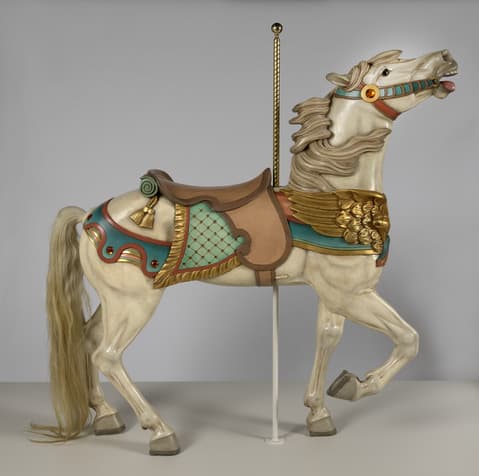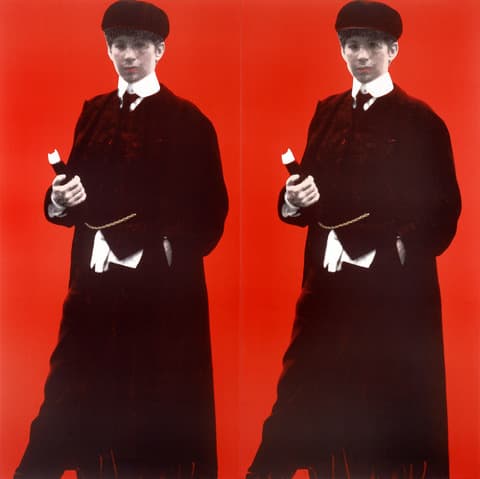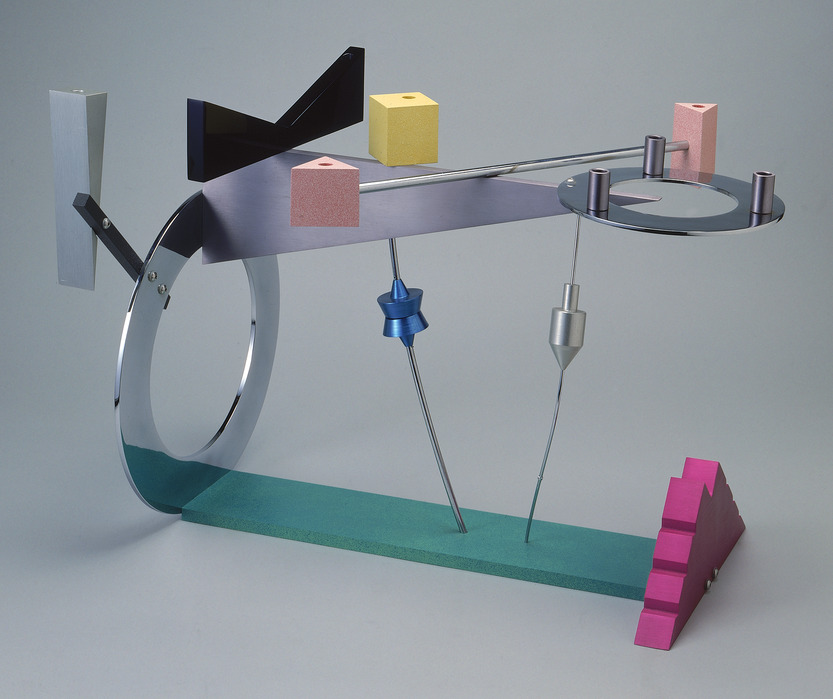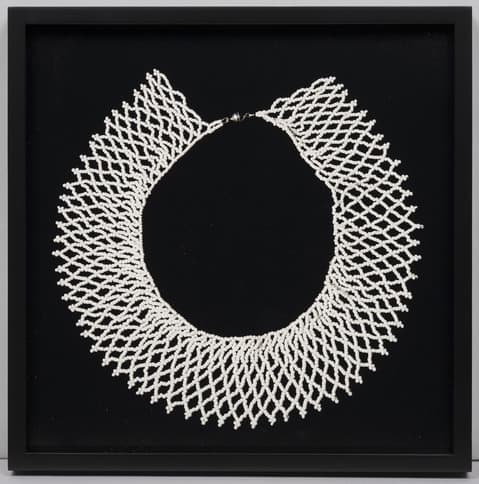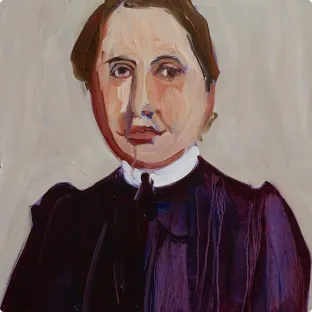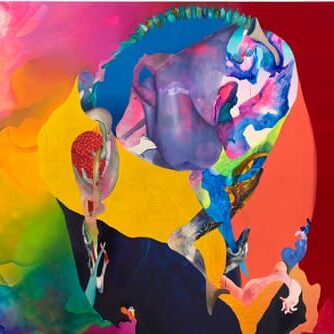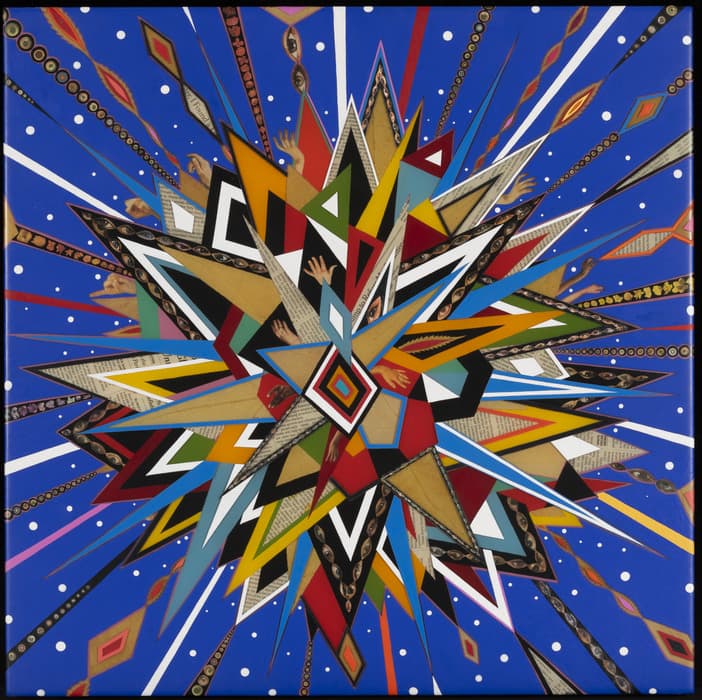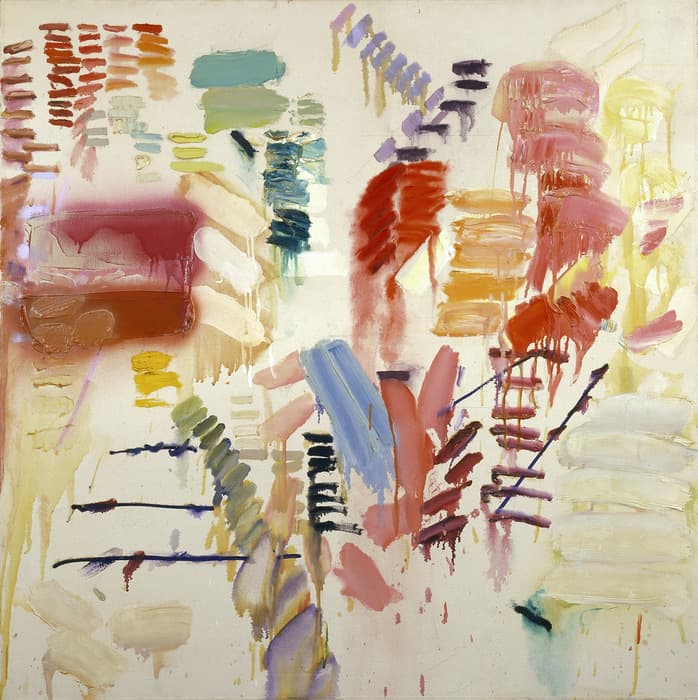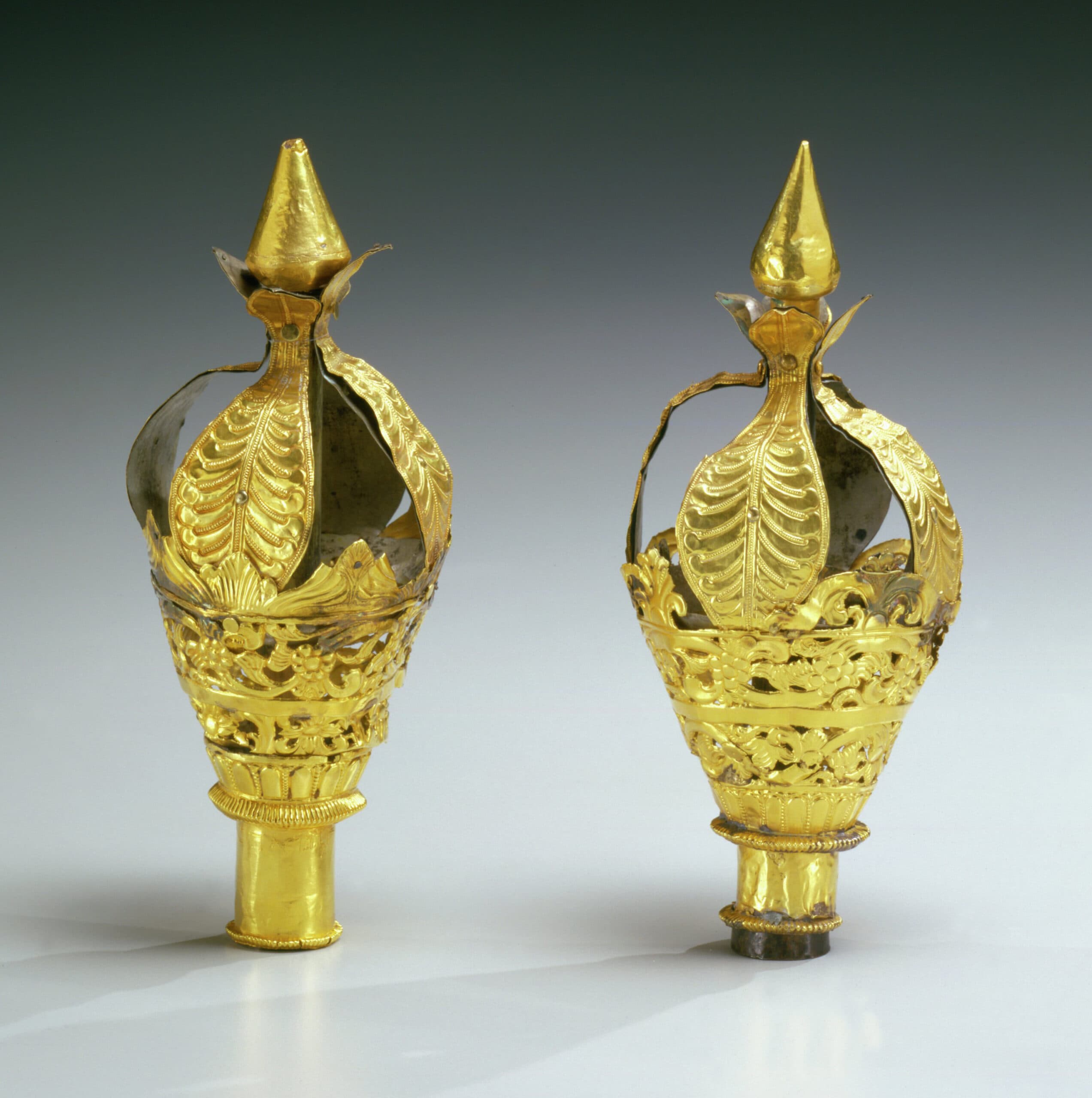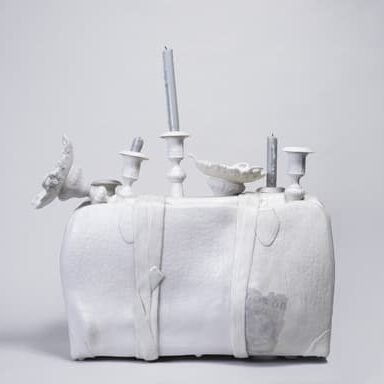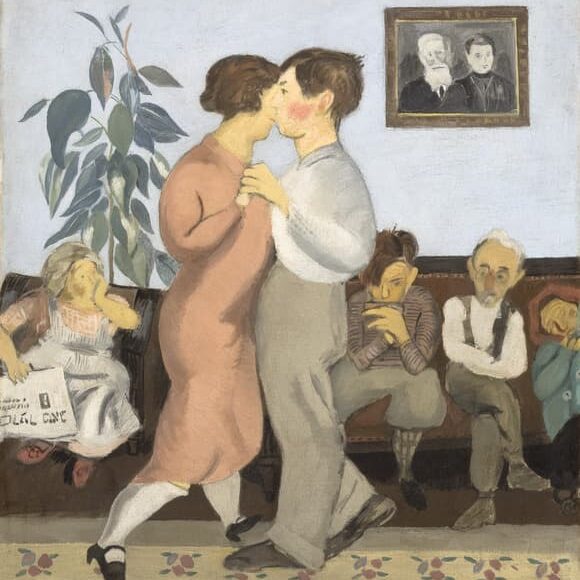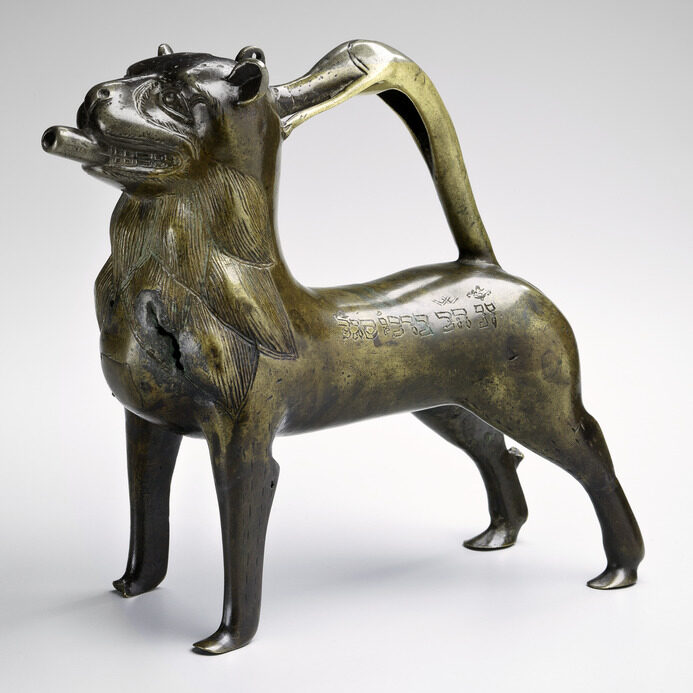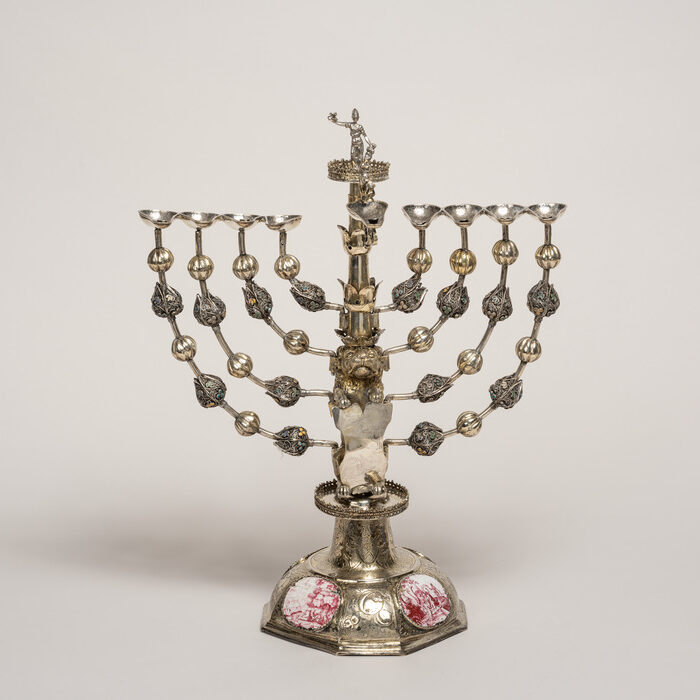Masterpieces & Curiosities: Memphis Does Hanukkah Features Peter Shire’s Menorah #7
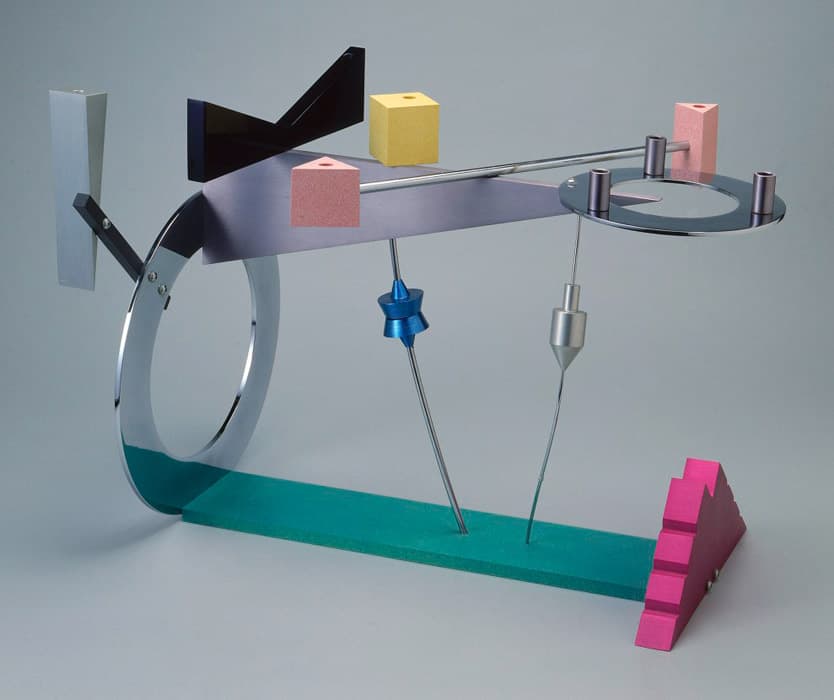
New Exhibition in Series Exploring Works from the Jewish Museum’s Collection Opens September 16, 2016
New York, NY – Masterpieces & Curiosities: Memphis Does Hanukkah showcases Los Angeles-based designer and artist Peter Shire’s Menorah #7 (1986), and is part of a series of exhibitions focused on individual works in the Jewish Museum's world-renowned collection. The exhibition will be on view from September 16, 2016 through February 12, 2017.
Menorah #7 is composed as a set of oddly shaped and balanced geometries, fabricated with industrial materials, bright colors, and “finish-fetish” detailing, It recalls the Pop, car, and surf cultures of the artist’s hometown, and its style also speaks to Shire’s knowledge of collective movements such as Russian Constructivism and the Bauhaus, as well as the radical, irreverent, and often humorous history and style of West Coast art. Known for a confluence of the natural, artificial, commercial, and spiritual, Los Angeles is a place where light and space are as central as neon, billboards, and plastic.
Shire has intermittently made Judaica objects alongside his pottery, sculpture, paintings, drawings, and furniture, all of which deliberately complicate the notion of functionality and blur distinctions between fine art and design. An original member of the Milan-based Memphis design group, an international collective founded by Italian designer and architect Ettore Sottsass (active between 1981 and 1987), Shire contributed pieces annually to their legendary collections. Menorah #7 fits seamlessly into the Memphis aesthetic, which confronted the orthodoxies of Modernism and good taste and favored pastel, primary, and neon colors, and bold graphics. Exhibited alongside vintage Memphis pieces by Shire, Sottsass, and Michele de Lucchi, related ephemera , and a selection of Hanukkah lamps from the Jewish Museum collection which resonate with Shire’s influences and style, Memphis Does Hanukkah opens up a conversation about the relationships and dissonances between art and design, tradition and innovation, ceremony and interpretation.
Intrinsic to the work of both Shire and Memphis is a disregard for the status quo and an enthusiastic embrace of the pluralist, idiosyncratic impulses that motivate so many visionary moments in art and design. Memphis design is known for its impishly radical furniture, textiles, lighting, and objects inspired by Art Deco, Pop art, cartoons, toys, and 1950s kitsch, among other influences. The gallery will come alive with pattern, color, imagery, and Sottsass-designed plastic laminates.
Shire’s mezuzah Celestia (1986 ), echoes the materials, construction, and finishes of Menorah #7. The two were made at the same time, and are part of Shire’s ongoing engagement with Judaica. His teapot Anchorage (1983) is a playful reinterpretation of this everyday object; like Shire’s reimagining of the Hanukkah lamp, the standard teapot shape offers a jumping-off point for sculptural variations. Sottsass’s Murmansk Fruit Dish (1982 ) is a an alien, vaguely mechanical rendering of a traditional table adornment; it looks as if it could suddenly spring into motion. De Lucchi’s lamp, Oceanic (1981), created for the first Memphis collection, draws its design from the body of an ocean liner, dotted with black and white striped smokestacks.
A Hanukkah lamp (c. 1930s–1940s), composed of teardrop-shaped candleholders and what appear to be rods, nuts, bolts, and screws, translates mechanical elements into precious metals and elevates industrial craftsmanship to an art form. A lamp designed by First Lieutenant Donald E. Kooker while he served during the Korean War, was created from spent ammunition casings and cartridge shells; he repurposed something intended to destroy into a ceremonial object that sustained community and tradition. CandelabrAgam (1980) by Bauhaus-influenced artist Yaacov Agam, is constructed so that each candle arm swings and each dreidel spins – a ceremonial object and a kinetic sculpture in one. Larry Kagan’s Menora 2 (1980) repurposes the steel diamond plate found underfoot on city sidewalks. Menorahmorph (2004) by Karim Rashid, a student of Ettore Sottsass, looks like a topographical map of an exotic landscape, calling attention to the pleasure and sensuality of design.
Peter Shire’s fascination with the Hanukkah lamp began when his friends Marvin and Judy Zeidler invited him to tour a collection of Judaica. It was the first time he noticed how Jewish ceremonial objects could capture the aesthetics of their time. When the Zeidlers commissioned him to make Hanukkah lamps for their family, he used shapes and colors that evoked his Southern California roots. Shire would make several more menorahs, each unique, but sharing the same aesthetic sensibility. In addition to the Jewish Museum in New York, his menorahs are in the collections of the Israel Museum in Jerusalem and the Skirball Museum in Los Angeles.
Peter Shire (b. 1947) lives and works in the Echo Park neighborhood of Los Angeles.
Over the course of the Masterpieces & Curiosities series, which runs from 2013 to 2017, the Jewish Museum's curators are exploring objects that highlight the breadth and diversity of the collection. These intimate exhibitions provide new insights into works from the Museum's collection – contextualizing, examining, and rethinking the piece on view by surrounding it with other artworks, documents, and source materials.
Masterpieces & Curiosities: Memphis Does Hanukkah is curated by Kelly Taxter, Associate Curator, the Jewish Museum. The Masterpieces & Curiosities series was organized by Jens Hoffmann, Director of Special Exhibitions and Public Programs, the Jewish Museum.
Press contacts
Press contacts:
Anne Scher and Alex Wittenberg
The Jewish Museum
212.423.3271
[email protected]
[email protected]
[email protected] (general inquiries)
